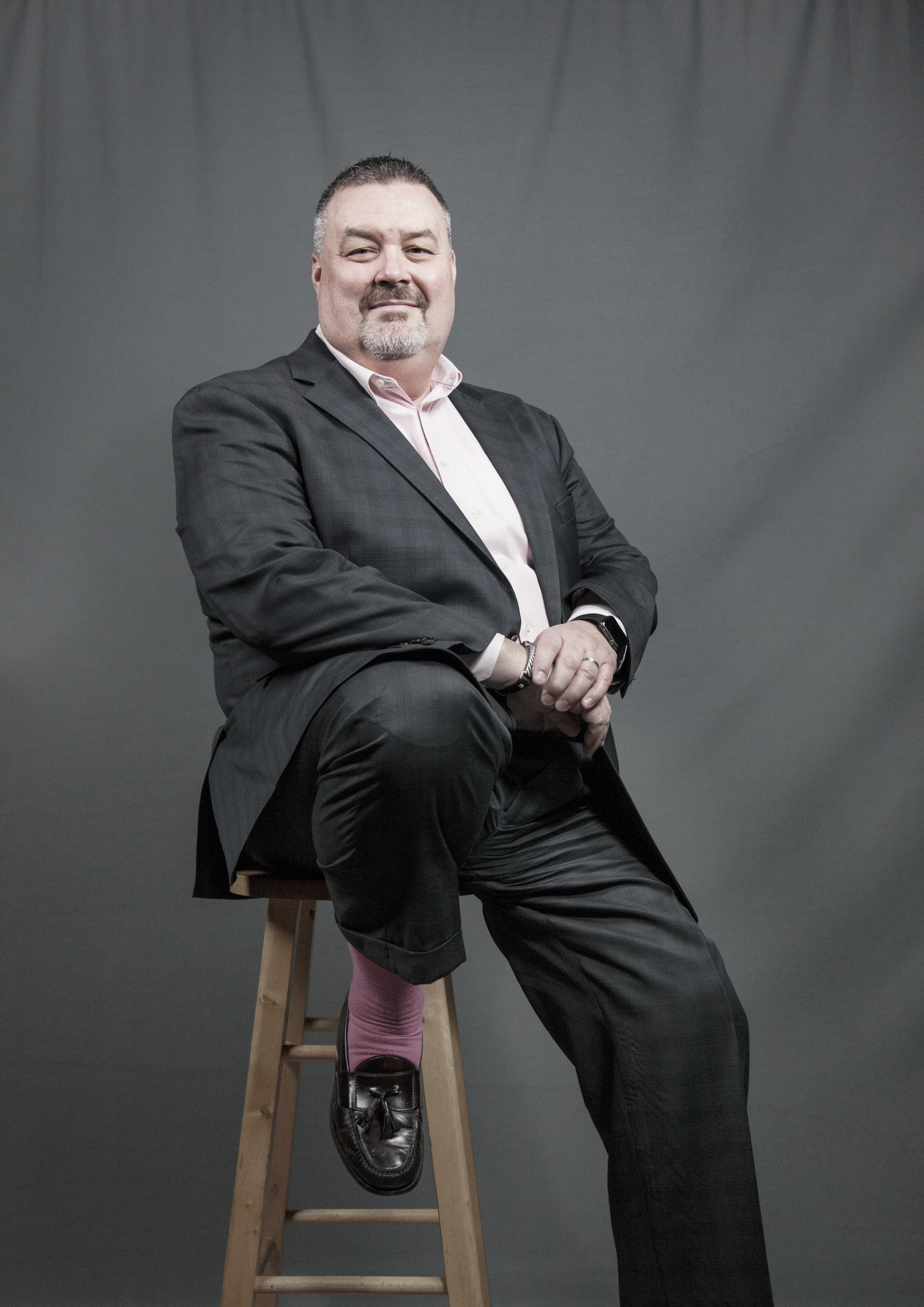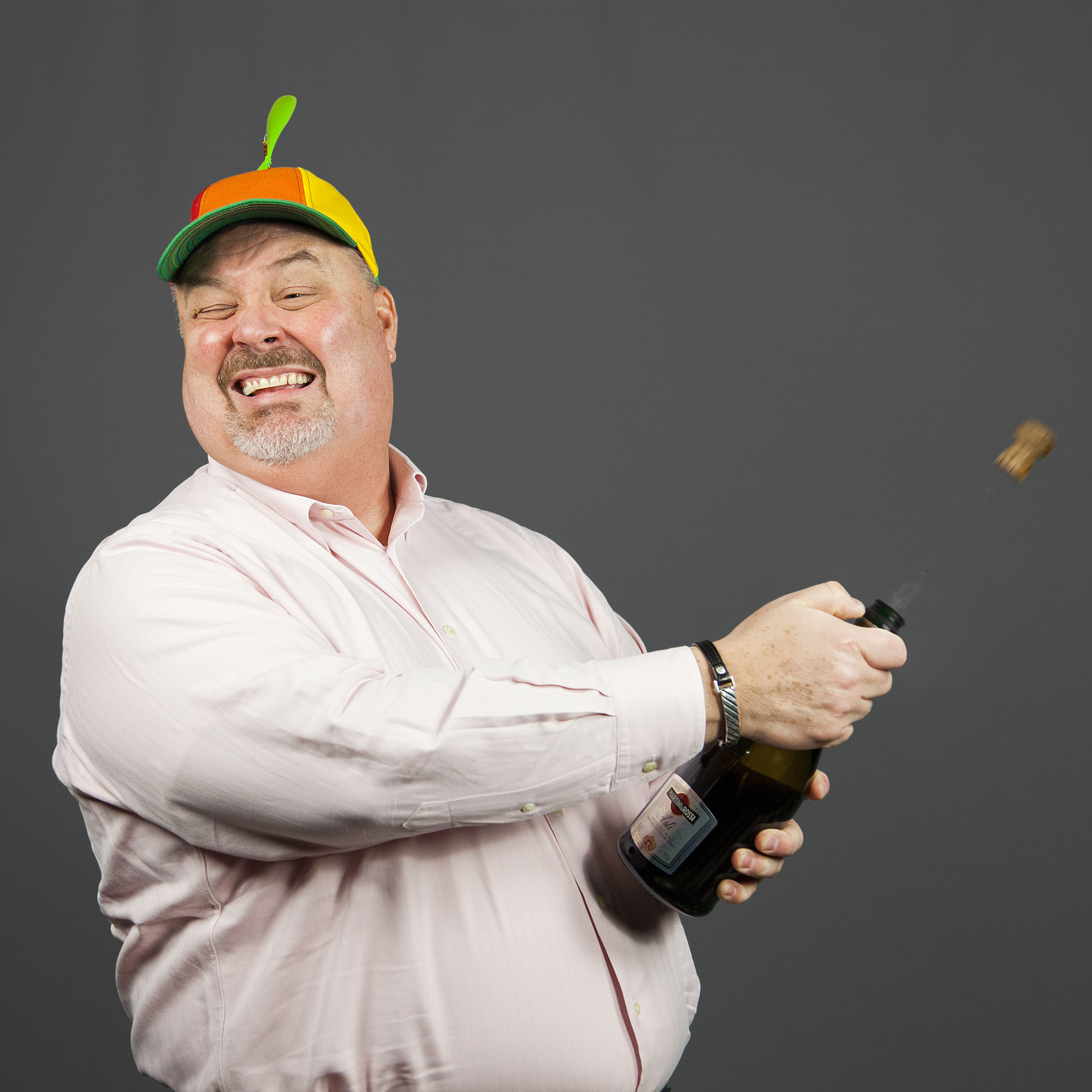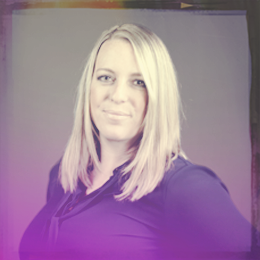
“If this doesn’t work out, I’ll have to go get a real job to support my family. Maybe sacking groceries.”
We’re celebrating a big birthday this week at Willow; in fact, we’ll be celebrating all year long. But we wanted to take time out for a little reflection before we blow out the candles, and who better to ask to drop some wisdom but our fearless leader, Brad Gillum.
I think Indianapolis has always had an entrepreneurial spirit. These days, there’s just a heightened awareness and attention to it—it’s sexy now to start your own business. Back in my day, some people thought you were crazy to risk that. Maybe we were. The vocabulary has changed over the years. Now you’re a startup, you land seed money, another round of funding—there’s productization and the freemium model. We just had different words for it all. It’s always been risky. It just seems like the risks are spread out a little more today, and if you succeed or fail, it’s much more of a public thing because there are multiple entities involved.
You don’t hear much about the guy who’s risking his own money. I’m not suggesting private equity firms don’t have a place. They definitely do, and Indy is lucky to have quite a bit of that floating around. I’m just not sure it’s the same kind of hunger that drove us back then. That kind of hunger creates a certain humility and camaraderie with others who are doing the same thing. The hungriest wolves run in packs; they feed each other. When we were getting started, we worked with a lot of freelancers and contractors—we took care of each other—we did it to enable each other to keep going.
I have a tremendous amount of respect for people who create something from nothing. It takes a lot of energy and scrappiness. I love hearing those stories of risk and challenge and success. We work with a lot of privately held companies, second- and third-generation families on the brink of major growth. They’re my favorite clients. I love meeting those people, hearing and telling their stories. It’s inspiring.
Entrepreneurship seems like a young man’s game, but why let that stop you? It’s definitely easier when you’re younger and you don’t know the risks or maybe haven’t accumulated enough to feel like you’re risking much. When I was 26, I said, “Start a business—why not? Fun!” You don’t know what to fear. Some naiveté is probably good for you. If you don’t know what to be afraid of, you see fewer obstacles, and you can just push forward with the optimism of youth. I was filled with that. I think I still have some of that in me.
The basic fundamentals of marketing haven’t changed. It’s still very much rooted in good thinking—strategy. The tools change. Although, look at us, we use Thomas Gad’s 4-D Branding process, which is a couple of decades old, maybe? But it’s baked in Carl Jung’s archetypes, which have been around for eons. The tools at our disposal—the wealth of data available—that stuff makes targeting our marketing efforts much easier than ever before. The channels have changed, but the people haven’t. They access information a little differently (and faster) than ever, but behavior is behavior, bias is bias, perception is perception. It’s not really that different from when we started.
I remember when Facebook started, it was really cool as a social network—it was about your real friends. It connected us in a real time way we hadn’t experienced before. It also exposed us. Everybody was on cloud nine, and we asked ourselves, “Holy cow, this is free? How long before they charge us for it?”
The monetization strategy that came out of that is where we are today. Not unlike traditional media, the money comes from the advertisers. It’s an old model, but it works. What’s really been the biggest impact is how it created an environment where individuals can have tremendous and direct access to brands. It broke down the barriers, so mass marketing became one-on-one marketing. A 12-year-old can send an email to a major airline and get a response. No wonder we all feel like the universe revolves around us. It’s created a whole new culture, one where user-generated content is so much more valued, sometimes more than you would find in a newspaper or magazine. We’re seeing that today with the news. On one hand, it’s a great tool for people to voice their thoughts and opinions. On the other hand, we sometimes forget that they’re just thoughts and opinions, and we take it for fact. Scary stuff if you really think about it.
I still prefer a handshake and a handwritten note. When we started 25 years ago, there was more simplicity and a more personal nature about work life. There was a time when email didn’t create such an urgency in our lives; even more so, there was one-on-one, face-to-face interaction—a handshake and a smile. Today, it’s an electronic handshake and a document. Don’t get me wrong, I’m not condemning technology—it’s provided enormous efficiencies, but I think it’s also diminished the personal approach. Like when we used to go sit down and talk with people… or a handwritten note. I think we’re starting to circle back around to some of that. People miss feeling truly connected.
The curtain on marketing research has been pulled back. In some ways, it’s made research all the more valuable; in others, it’s like everything else—more people doing it creates a glut of it. Because of technology, it’s become kind of easy for anyone to do. It’s not the way it was 25 years ago when it was a huge undertaking to poll, survey, etc. The Internet has leveled the playing field, creating a cost-effective way to gather information.
But you have to be careful with that. There’s some survey fatigue out there—surveys at the bottom of cash register receipts and the end of phone calls and online orders. Everybody is asking, “How are we doing?” And dangling a $100 carrot in front of anybody willing to participate. That makes our job a little tougher, so we think about that a lot when we’re designing a survey that’s going to ask much more specific questions. How can the questions we ask make the participant feel valued? And how can we do it as efficiently as possible? How do we make it worth their time and effort? We always add qualitative to the mix. We do interviews and focus groups. You can’t really solely on short-form data. We’re still talking about people here.
I get asked to take surveys all the time. Here’s a tip if you want to avoid that: tell them you own a marketing firm and they’ll probably hang up. Seriously, they don’t want us marketing folks to have undue influence. Now if it’s Willow calling, we’d appreciate it if you take the call.
CEOs are actually paying attention to what the interns think. That’s a huge shift. We see decision makers who are reaching deeper into their organization and valuing the input of others. We have collaborative sessions with our clients, and they’ll ask, “How many people can we invite?” We have to limit the number to make sure it doesn’t turn into a town hall, but it’s a much more participatory process—not just top-down strategy being developed and passed through. You get better information this way. More perspectives.
I was probably too slow in seeking more outside advice in my career. But I wasn’t bashful about asking stupid questions—accountants, attorneys, etc. I still don’t have all the answers or pretend to. I can tell you I rely heavily on advice from others—some paid and some unpaid—such as my wife, my daughter (she gave me some of the best stock picks—Ugg boots), my friends, as well as my agency peer group.
If I could go back, I would have engaged much earlier in a CEO- or business-networking environment. I have so much to be thankful for, and much of it is owed to those peers who have taught me along the way. Owning a business can be a very lonely place. You have to be confident and lead. There isn’t a hotline you can call to share insecurities. That’s where the CEO group comes in. Through the group, I can focus on personal and professional growth with like-minded peers willing to help each other out. It’s easily the most impactful thing I’ve done. If even 10 years earlier, I had made those connections and heeded some of that advice. Ahh, but you can’t change the past. Not sure if I would anyway. I like that I’m still learning.
We’ve been all over town in the past 25 years. Each office we’ve been in has had something cool about it. Broad Ripple Ave and College was great in our early days when we were all in our 20s. We could see all the people strolling around, ducking into the bars…but man, when we had rainstorms! Old buildings don’t drain well. We’d roll our pants up, wade through some storm water, climb out the women’s restroom window to get outside when the sun came out and drink beer on the roof.
People looked at me sideways when I wanted to move into Glendale. We had an old arcade space, and the whole mall was our lobby. We could meet with clients, explore the tunnels underneath the mall, and Luca Pizza was right outside our door, which was nice. We did a lot of fulfillment for a large client at that time, so having that much space was a requirement. Our offices now have little pieces of the old Glendale Mall. Reminds me where we’ve come from.
Then we moved to downtown on Fulton—we were downtown before it was cool to be downtown. We opened up the garage doors in the summer. Amazing breeze. It had an industrial feel—different from what we were accustomed to. Brisk walk over to Mass Ave for lunch, and we didn’t have to pay for parking. But boy it got cold in winter. Especially with our 15- to 20-foot ceilings.
I love our space now. Number one because it’s ours. It’s very spacious; we have the whole building, which we’re using most of now, but there’s a little room to grow. I’ve always loved the Meridian corridor. Central location—about 15 minutes from anywhere and proximity to the interstates. We moved here before this area became a focus for Great Places 2020. We’re going to be doing some cool stuff with the Mapleton–Fall Creek Development folks this year. There’s a lot of development planned for 38th and Illinois. I think we’re at the right place at the right time…you mark my words.
We’ve weathered some devastating times when a bunch of business walked out the door. There have been moments in tough times where I’ve thought, “If this doesn’t work out, I’ll have to go get a real job to support my family. Maybe sacking groceries.” But you know, we always seem to have another rabbit up our sleeves. This is a tough business, but we’re some of the lucky ones. We have clients on average seven years. A lot of marriages don’t last that long. We stick to our commitments, find new ways to be better. And we’ve been lucky that even the ones that walk away have remained friends.
Looking back over the years, I’ve not only been fortunate and blessed enough as an entrepreneur to support myself and my family but to also provide for the benefit of an awful lot of other people over the years. That’s cool to know you’re supporting all those employees and their families. I’m pretty happy with where I am today—very fortunate and very blessed.
Three to five years from now, I hope Willow is still in a position where we can help others, the vision and the culture we’ve created here are still in place. We do good, be good, and do good work. Doing good and being good, always.
A lot of people smarter than me have worked here and continue to work here today. I want to celebrate all the people who have made Willow possible. The great employees and the amazing clients who, year after year, give us the opportunity to help them solve and grow.
I’m stepping even further out of the day-to-day these days, and it feels good. Feels like I can do that and the ship will stay afloat. I’ve got a good crew. For me personally, our 25th year is a time to reflect and reenergize—maybe for the next 25 years. I’m not riding off into the sunset quite yet, but definitely positioning Willow for that next generation. It’s not easy. It’s my baby. But it’s time to allow others to use their talents to take Willow to the next level.
Life is short. Live it. I’m to the age where I’m going to more funerals than weddings. Damn, that sounds morbid, doesn’t it? Nah—it just reminds me of how precious every day is and makes me value the next 25 years with my wife and my daughter even more. They’ve taught me a lot—mostly how to enjoy life and have fun. Enjoy every day because you’ll never get that day back.
